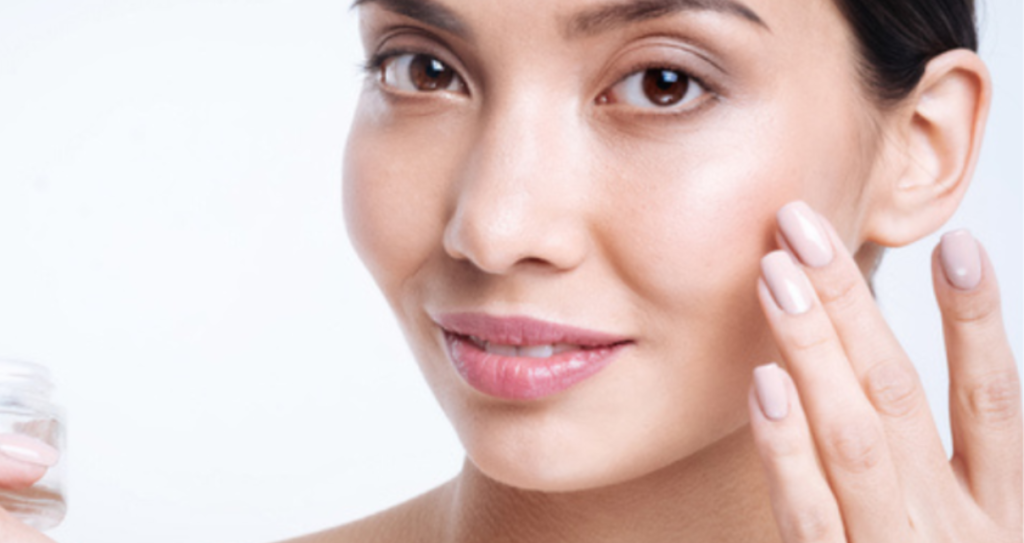Excessive touchiness
Tri-Luma Cream contains sodium metabisulfite, a sulfite that might cause hypersensitive sort responses remembering anaphylactic side effects and dangerous asthmatic episodes for defenseless people. On the off chance that hypersensitivity, asthma, or other clinically critical excessive touchiness responses happen, establishment suitable treatment and suspend Tri-Luma. Unfavorably susceptible contact dermatitis may likewise happen.
Exogenous Ochronosis
Tri-Luma Cream contains hydroquinone, which might deliver exogenous ochronosis, a progressive blue-dark obscuring of the skin, the event of which ought to provoke suspension of treatment. Most of the patients fostering this condition are Dark, however, it might likewise happen in Caucasians and Hispanics.
Consequences for Endocrine Framework
Tri-Luma Cream contains the corticosteroid fluocinolone acetonide. Foundational assimilation of skin corticosteroids can deliver reversible hypothalamic-pituitary-adrenal (HPA) pivot concealment with the potential for glucocorticosteroid deficiency after withdrawal of treatment. Indications of Cushing’s condition, hyperglycemia, and glucosuria can likewise be delivered by foundational assimilation of skin corticosteroid while on treatment. On the off chance that HPA pivot concealment is noticed, the utilization of Tri-Luma Cream ought to be suspended. Recuperation of HPA pivot capability for the most part happens upon suspension of effective corticosteroids.
The ACTH or cosyntropin excitement test might be useful in assessing patients for HPA pivot concealment.
Cutaneous Responses
Cutaneous excessive touchiness to the dynamic elements of Tri-Luma Cream has accounted for in the writing. In a fixed test review to decide refinement possible in 221 sound workers, three workers created responsiveness responses to Tri-Luma Cream or its parts.
Tri-Luma Cream contains hydroquinone and tretinoin that might cause gentle to direct aggravation. Neighborhood disturbance, for example, skin blushing, stripping, gentle consuming sensation, dryness, and pruritus might be normal at the site of utilization. Transient skin blushing or gentle consuming sensation doesn’t block treatment. If a response recommends excessive touchiness or synthetic disturbance, the utilization of the prescription ought to suspended.
Patients ought to keep away from sedated or grating cleansers and cleaning agents, cleansers and beauty care products with drying impacts, items with high centralizations of liquor and astringents, and different aggravations or keratolytic drugs while on Tri-Luma Cream treatment. Patients are forewarned about the corresponding utilization of prescriptions that are know to photosensitize.
Antagonistic Responses
Since clinical preliminaries are led under generally fluctuating circumstances, unfavorable response rates seen in the clinical preliminaries of a medication can’t straightforwardly contrasted with rates in the clinical preliminaries of another medication and may not mirror the rates seen in clinical practice.
In the control clinical preliminaries, unfavorable occasions were observe in the 161 subjects who utilized Tri-Luma Cream once day to day during an 8-week treatment period. There were 102 (63%) subjects who experienced somewhere around one treatment-related antagonistic occasion during these preliminaries. The most often announced occasions were erythema, desquamation, consuming, dryness, and pruritus at the site of utilization. Most of these occasions were gentle to direct in seriousness.
The accompanying neighborhood antagonistic responses have accounted for with effective corticosteroids. They might happen all the more now and again with the utilization of occlusive dressings, particularly with higher-intensity corticosteroids. These responses are record in an estimated diminishing request of events: consuming, tingling, disturbance, dryness, folliculitis, acneiform ejections, hypopigmentation, perioral dermatitis, unfavorably susceptible contact dermatitis, auxiliary contamination, skin decay, striae, and miliaria.
